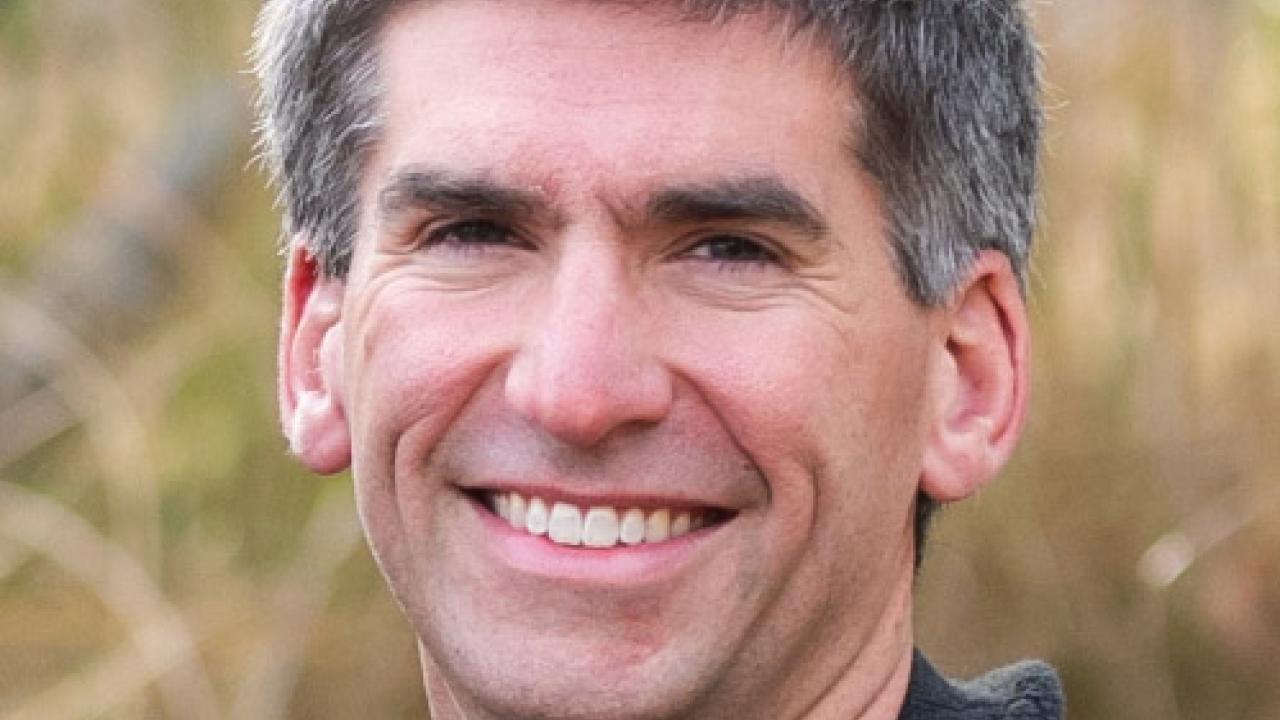
Event Date
A recording of this presentation is available to UC Davis affiliates at this link.
DOUGLAS RUFF, PHD
Staff Scientist, Department of Neurobiology, Marlene Cohen's Lab
University of Chicago
Visiting Scientist, California National Primate Research Center, UC Davis
This is an in-person event. Please register here: https://tinyurl.com/Neuroeng-Apr25

Registration for remote attendance is limited to colleagues from the Sacramento campus and those working remotely: https://tinyurl.com/ZoomApr25
Host: Karen Moxon, PhD, moxon@ucdavis.edu
Abstract
All normal and disordered behaviors are the result of the coordinated activity of large groups of neurons. Understanding what aspects of this coordinated activity give rise to behavior is a fundamental question for both basic and translational neuroscience. This talk will address the relationship between the structure of neuronal population activity and behavior in two complementary ways. First, using a combinatio n of neuronal recordings, recurrent network modeling, and electrical microstimulation, I will describe how the geometric representation of different types of task information relates to the way that activity in different brain areas contributes to behavior. Second, utilizing an AAV-based (tau) Alzheimer’s disease model, I will describe the breakdown of the organizational structure of population activity that accompanies disordered behavior. These two lines of work converge to highlight the aspects of population activity that are important for normal behavior and provide constraints for efforts that attempt to recover normal function in damaged or disordered brains.
Bio
Douglas Ruff is a staff scientist in Marlene Cohen’s lab in the department of Neurobiology at the University of Chicago and is currently a visiting scientist at the California National Primate Research Center in Davis where he works with John Morrison. He received his BS in neuroscience from the College of William and Mary and his PhD in neurobiology from Harvard Medical School. His postdoctoral work with Marlene Cohen began at the University of Pittsburgh before the lab recently moved to the University of Chicago. Doug’s work focuses on understanding how neuronal activity in cortex underlies flexible behavior and cognition. By recording from populations of neurons in different brain areas during behavior, he studies how the structure of neuronal activity relates to perception and, more recently, how this structure is degraded during disease progression.
